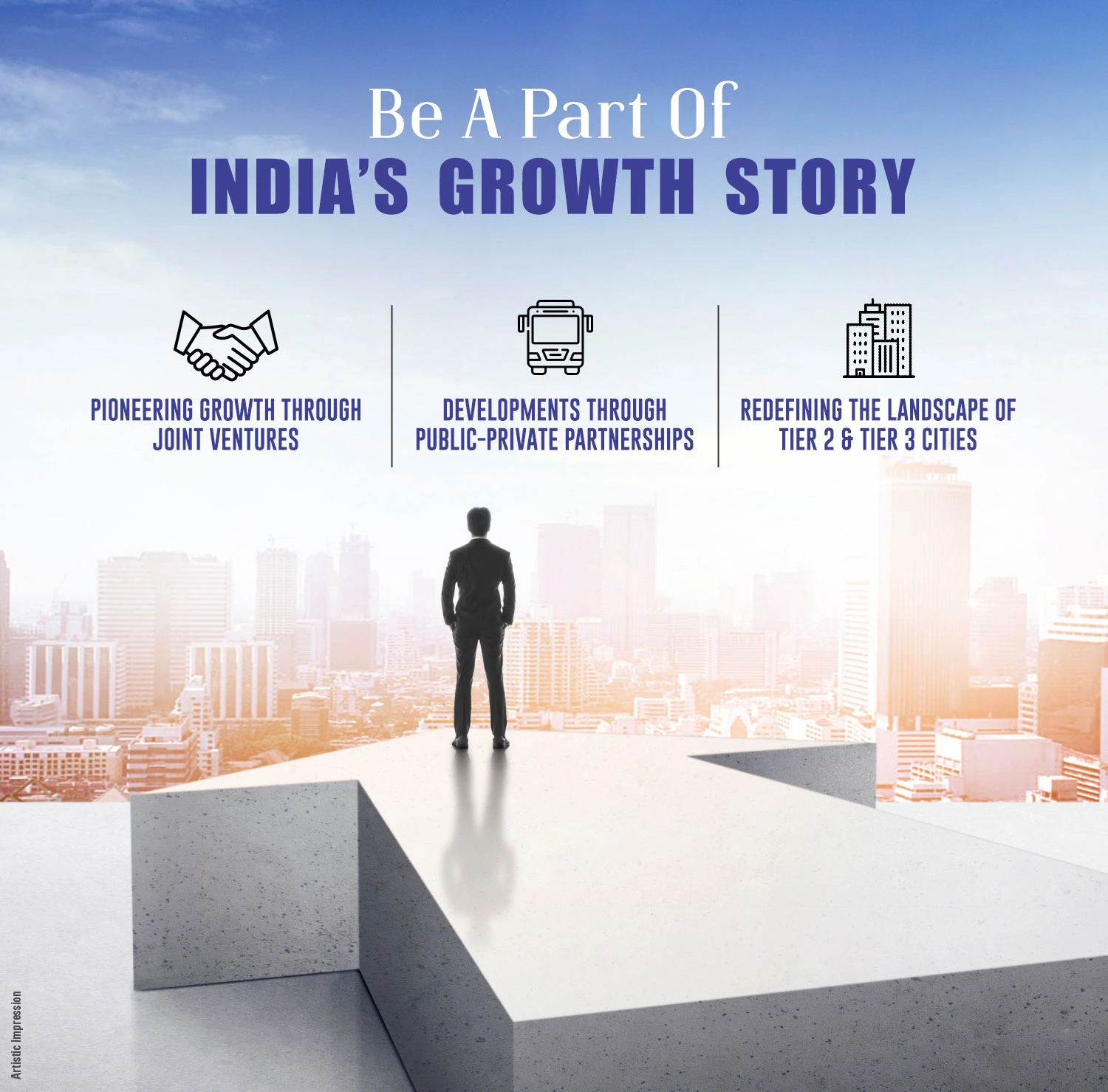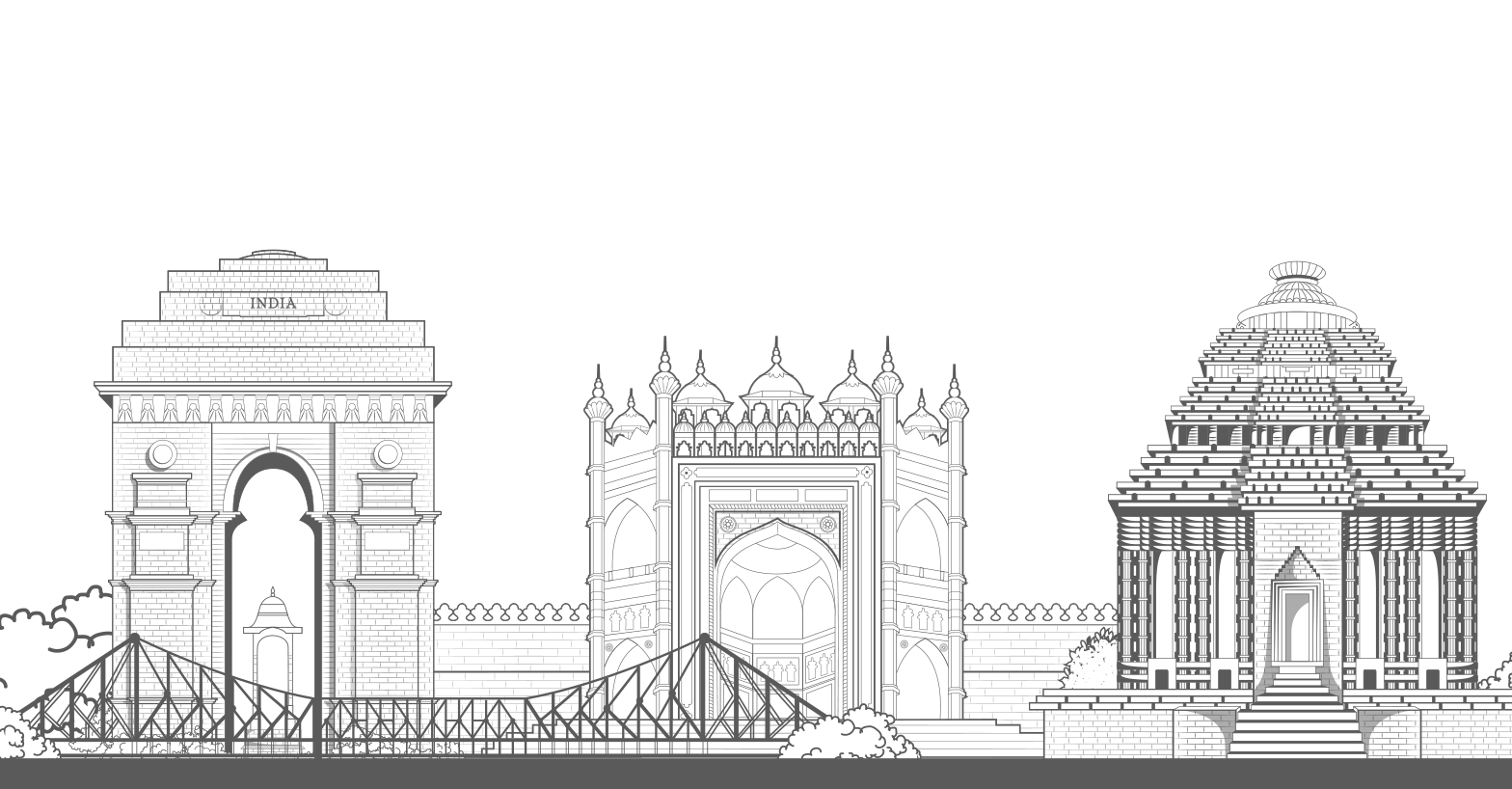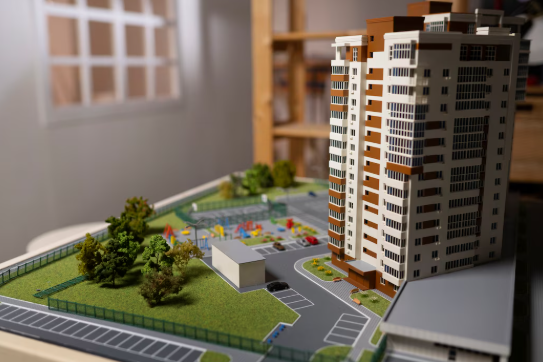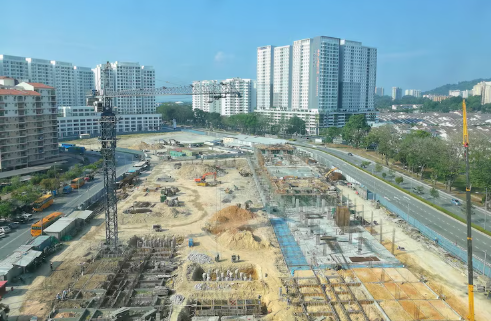
Why Real Estate Collaboration with Builders India Is the Future of Property Development
As India urbanizes rapidly, the scale, complexity, and speed required for meaningful development are growing. Single entities working in isolation often encounter bottlenecks: land acquisition issues, approvals, capital constraints, and infrastructure lag. This is why real estate collaboration with builders India is increasingly the future of property development leveraging shared resources, combined expertise, and aligned incentives. BeTogether, the collaborative initiative by Omaxe, demonstrates how this model can drive growth, unlock opportunities, and deliver superior projects across Tier 2 and Tier 3 cities.
The Strengths of Collaborative Development
- Pooling Resources & Expertise
When landowners, local governments, financial investors, and experienced builders work together, projects benefit from stronger land access, robust funding, and technical competence. BeTogether often collaborates with landowners and government bodies to undertake joint ventures, joint developments, or public-private partnerships. - Mitigating Risks
Development in real estate involves many risks: regulatory delays, cost overruns, fluctuating demand, environmental approvals. Through collaboration, entities can share these risks. Partnerships with public bodies, for example, ensure adherence to planning norms and quicker clearances. BeTogether’s bus terminal modernization and mixed-use projects illustrate this approach. - Faster Project Execution
Builders with established supply chains, experienced teams, and prior regulatory relationships can streamline processes. Collaborative models enable faster mobilization of resources. BeTogether is targeting stalled or under-utilized projects to boost delivery timelines. - Improved Quality and Amenities
When builders bring in design teams, architects, and technology partners, the resulting properties tend to offer higher standards smart infrastructure, good landscaping, modern retail or commercial amenities. BeTogether’s bus terminals (in Ghaziabad, Lucknow, Prayagraj, etc.) are being upgraded with amenities like AC waiting areas, digital ticketing, food courts, and retail spaces. - Sustainability and Long-Term Value
Collaborative structures often allow for better environmental planning proper water management, waste management, energy-efficient design and ensure maintenance and operations systems are in place. Projects with mixed-use components (residential + commercial + public facilities) tend to remain relevant longer and adapt better to market changes. BeTogether focuses on delivering happy, livable, sustainable spaces, especially in cities outside major metros.
BeTogether’s Model: A Case in Collaborative Success
BeTogether is the collaborative vertical of Omaxe, specifically established to undertake partnerships joint ventures (JVs), joint developments (JDs), PPPs and to revive stuck or stressed projects.
Some illustrative projects include:
- Bus Terminal Modernization in Uttar Pradesh: BeTogether is modernising six key bus terminals (Ghaziabad, Lucknow [Gomti Nagar & Amausi], Prayagraj, Kaushambi, Ayodhya) under PPP with UPSRTC. The total investment is ~₹2,700-₹2,800 crore, with built-up area of ~70.80 lakh sq ft and saleable area of ~45.59 lakh sq ft. Expected revenue from these terminals exceeds ₹4,700 crore.
- Commercial Courtyards & Retail-Office Hubs: Projects like Omaxe Betogether Courtyard Kaushambi and Vrindavan offer retail shops, office suites, food courts, landscaped open areas and experiential design. These projects provide visibility, connectivity, and revenue through leasing commercial spaces.
How Collaboration Helps Key Stakeholders
For Landowners
Landowners who may not have the scale or capital to develop land fully benefit by partnering with builders. They contribute land and enter into Joint Development Agreements or similar arrangements which share profits. They see better returns than leasing or selling outright at a discount. BeTogether explicitly works with landowners for JVs and JDs, unlocking land value.
For Investors & Buyers
Investors prefer clarity, reliability, and timely delivery. Projects under joint ventures or with builders who have proven track records offer lower risk. Meanwhile, buyers get better amenities, credible maintenance, and trust in delivery schedules. BeTogether’s commitment includes completion of stalled projects and high standards in amenities and infrastructure.
For the Public and Local Governments
Public infrastructure development under PPPs helps reduce public burden. Terminals that are modernised become more efficient, safer, and generate economic activity around them retail, commuting, transportation connectivity. This brings increased tax base and improved urban services. Government bodies partnering with BeTogether help achieve urban renewal without bearing the full financial or project risk.
Challenges and Best Practices in Real Estate Collaboration
While the model holds promise, there are challenges to navigate:
- Regulatory Delays and approvals can slow down progress. Mitigation: choose partners experienced in local norms, ensure early involvement of authorities.
- Capital Structure & Profit Sharing: Disagreements can arise in profit sharing among landowners, builders, and financial stakeholders. Clear agreements and transparency are needed.
- Quality Oversight: When multiple stakeholders are involved, inconsistencies can creep in. Builders must maintain quality through stringent oversight and standardisation.
- Long-Term Maintenance: Mixed residential, commercial, and public infrastructure need sustained operations budgets. Collaboration should include plans for maintenance, security, utilities etc.
BeTogether addresses many of these through its leadership structure (led by experienced Omaxe team), focus on customer experience, selectivity in land and partner selection, and being nimble in execution.
Why This is the Future
- India needs billions in infrastructure and real estate to accommodate urban growth, improve livability, and support economic activity. Single developer models may not scale fast enough.
- Collaborative models enable faster scaling: with shared resources, shared risk, better access to government incentives, and alignment with national and state policy goals.
- As preferences evolve, buyers expect integrated developments infra, amenities, commutes, green builds. Collaborative real estate development often delivers this better.
- BeTogether’s initiatives are aligned with several national priorities smart city goals, improved public transport infrastructure, better urban planning, and unlocking stalled real estate inventory.
Final Thoughts
Collaboration in real estate between builders, landowners, governments, investors is not just a trend, it’s a necessity for sustainable, scalable, high-quality development. BeTogether by Omaxe is setting a strong example where trust, shared vision, and strategic partnerships are delivering meaningful outcomes revitalised infrastructure, mixed-use projects, enhanced land value, and satisfied stakeholders.
As India moves toward more urbanization, mixed use, and demand for better infrastructure and amenities, collaborative models will likely become the standard. For landowners seeking value, for investors seeking returns, and for communities seeking better living standards, working with credible builders via JVs, JDs or PPPs is a pathway to building the future.
FAQs
What is real estate collaboration with builders India?
It is a model where landowners, investors, and builders partner to develop property, sharing expertise, resources, and risks to create high-quality, timely projects.
How does BeTogether facilitate property development?
BeTogether, an initiative by Omaxe, manages joint ventures, public-private partnerships, and redevelopment projects to deliver commercial, residential, and infrastructure projects efficiently.
What are the benefits of collaborating with builders?
Collaboration ensures faster project delivery, higher construction quality, shared risk, better amenities, and sustainable revenue generation.
How does this model benefit investors and landowners?
Investors gain credibility and predictable returns, while landowners unlock higher land value and participate in profit-sharing rather than just selling their property.
Why is collaboration the future of real estate in India?
India’s urban growth and infrastructure demand require scale, speed, and quality that can be effectively delivered through partnerships between multiple stakeholders.





